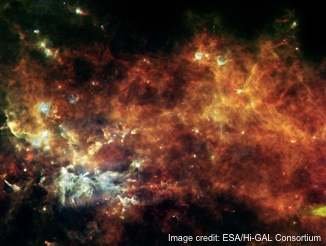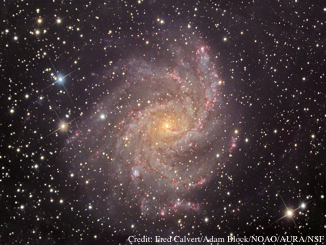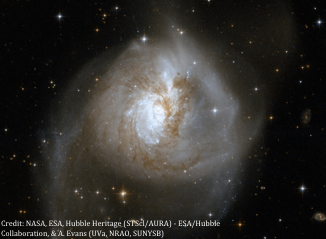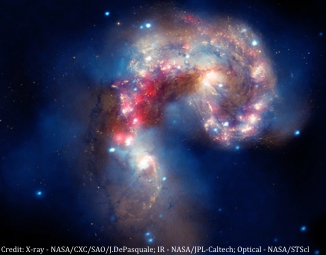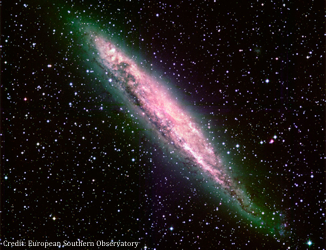science requirements
With the Fred Young Submillimeter Telescope (FYST), our science partnership will undertake major scientific programs to measure the motions and temperatures of galaxy clusters via the Sunyaev-Zel’dovich effect, to trace the appearance of the first population of star-forming galaxies through intensity mapping of their [CII] emission in the epoch of reionization, and to probe, by mapping a variety of molecular spectral line tracers, the dynamics of the interstellar medium in a wide range of environments in the Milky Way, the Magellanic Clouds and other nearby galaxies. The FYST will also be a next-generation Cosmic Microwave Background (CMB) observatory, offering the capability to map the sky some 10 times faster than current CMB facilities. While other CMB efforts focus on wavelengths longer than one millimeter, the availability of simultaneous submillimeter imaging offered by the FYST will allow precise separation of emission by foreground dust from the CMB signal.

